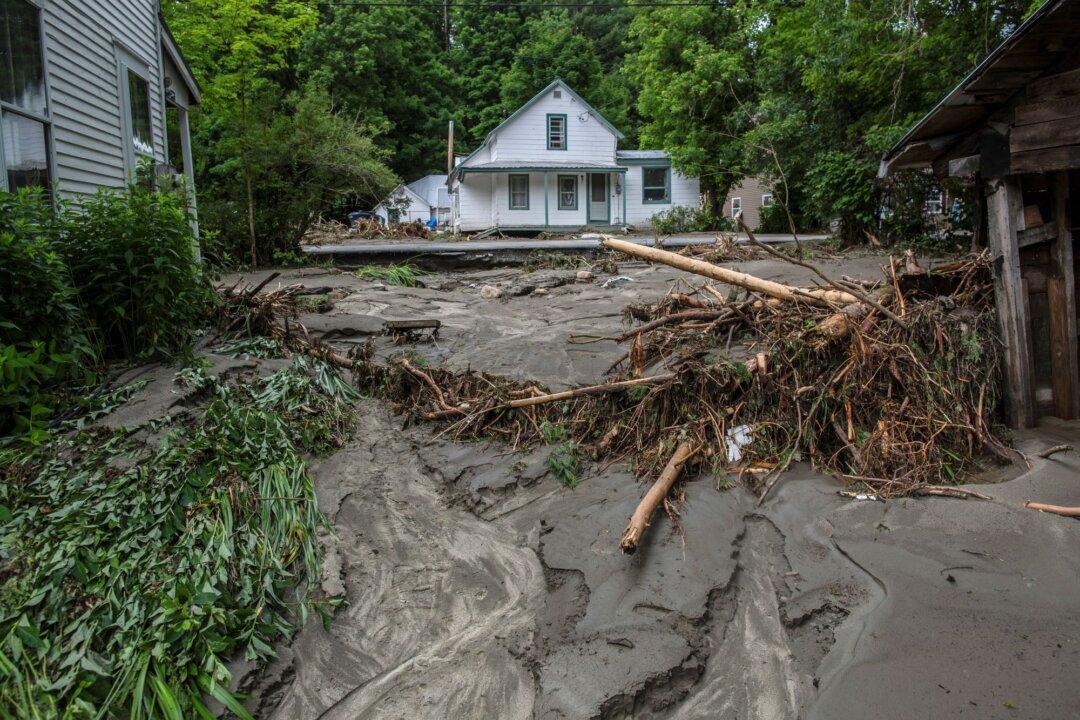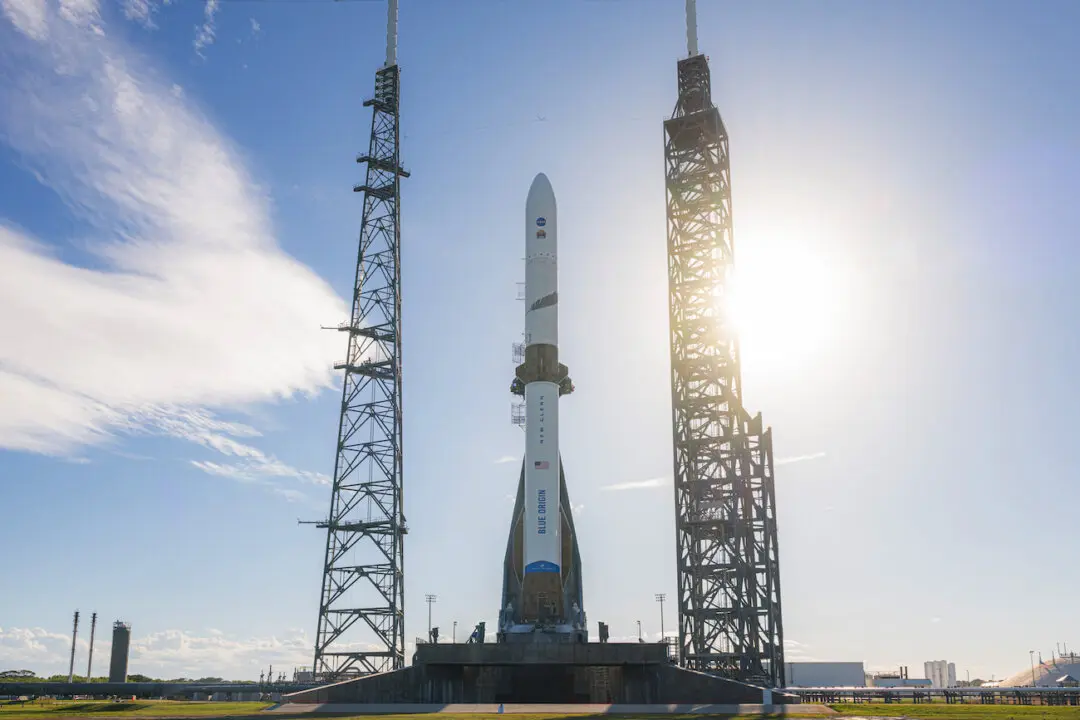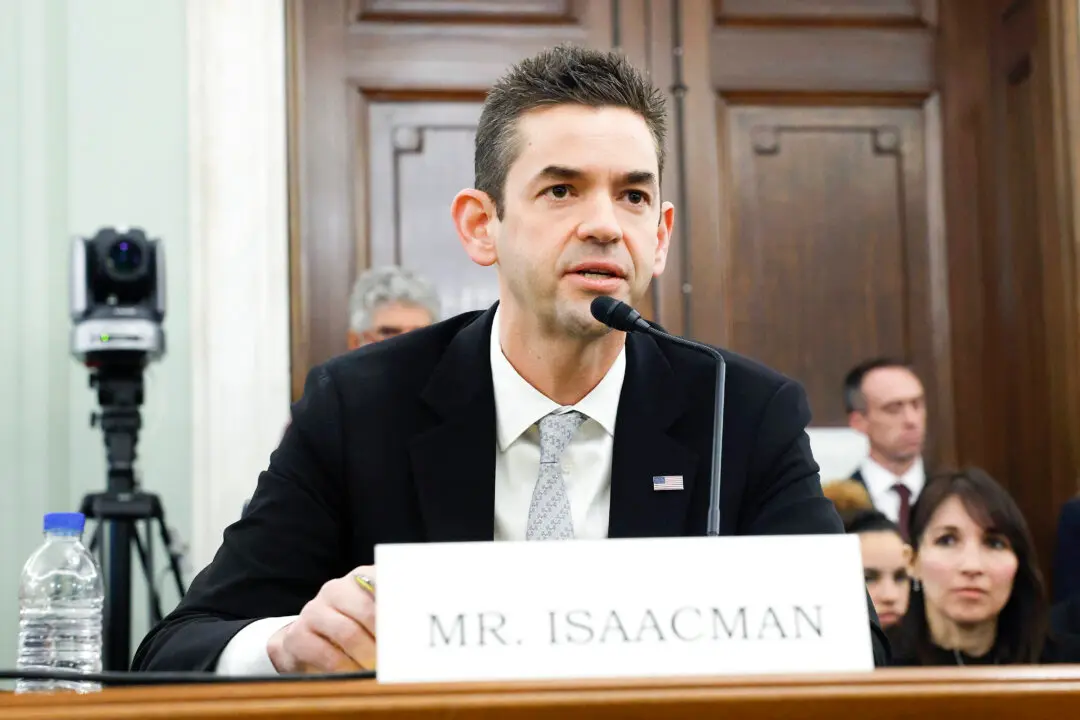Strong storms that hit Vermont this week have caused more major flooding in the state as residents continue to recover from deadly flooding caused by the fragments of Hurricane Beryl, which dropped torrential rain on the state last month.
Severe, slow-moving storms delivered heavy rainfall overnight from July 29 through the morning of July 30, with some parts of the state receiving as much as seven to eight inches, the National Weather Service (NWS) station in Burlington, Vermont, told The Epoch Times.





